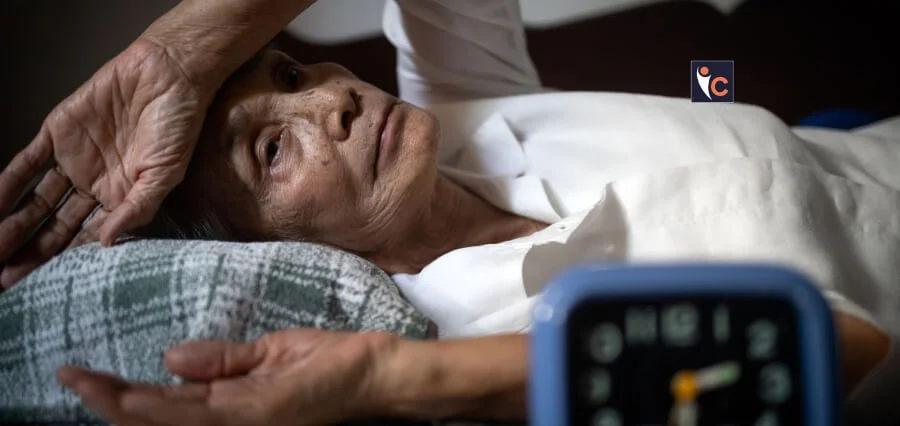THE CLASSIC STORY OF ANAESTHESIA
Well, this is a very interesting topic to discuss about - How did they anaesthetise people before anaesthesia? I was just wondering about this since a few days, and after research and deep thinking, I'm here for you with yet another interesting episode write up on the mind blowing medical era before anaesthesia !
From my perspective, of all the milestones and achievements, conquering pain must be one of the very few that has potentially affected every human being in the world. One name that stands out amongst all the others when the topic of discovery of modern anaesthesia comes into play is William T.G. Mortan. Dr. Morton, a young dentist had been in search for a better agent used by many dentists - nitrous oxide. Dr. Mortan along with John Collins Warren, a renowned surgeon, made history on October 16, 1846 with the first successful surgical procedure performed with anaesthesia. Dr. Mortan had single handedly proven to the world that ether is a gas that when inhaled in the proper dose, provided safe and effective anaesthesia.
However, before the advent of anaesthesia, surgical procedures were conducted with little or no pain relief and were attended with great suffering and emotional distress. The discovery of chlorofoam, a volatile general anaesthetic was done by James Simpson, after Dr. Mortan's ether experiment, proving that chlorofoam had none of ether's objections and inconveniences - irritation of throat and nasal passages, a pungent odour, etc.
It is hard to imagine, living in today's world, agreeing to surgery without hope of anaesthesia. A then surgeon, Dr. Mutter lived and worked in this world, and spent the first half of his career developing and implementing strategies that he hoped would alleviate human suffering when it came to surgery - before the surgery, in the operating room, and after the surgery.
Today, sulfuric ether and chlorofoam have been replaced by much safer and more effective agents such as isoflurane and sevoflurane. Ether, being highly inflammable, cannot be used with electrocautery (where electric current is passed through a probe to stem blood flow or cut tissue), or when monitoring patients by electronic means. Chlorofoam, as many of us know, is associated with an unacceptably high death rate, mainly due to cardiac arrest.
One would have assumed that once ether anaesthesia was introduced, the surgical world would have been overjoyed and would have embraced this transformative innovation. However, the journey taken by ether anaesthesia was not that easy and the reasons were surprisingly diverse and logical. The mindset of mid 19th century surgeons was not just for the entirety of their career that the norm was to perform surgeries on fully conscious patients - this practice spanned the entire history of surgery. Taking permission from and speaking with the patients on which they are operating, had always been a part of the surgical process then. To remove that interaction using anaesthesia seemed so new for the patients that it was like removing one of their senses.
Anaesthesia was discovered before standardised medicine. The trust on ether was less that time. Sometimes, the mixture was too weak, and the patients wouldn't lose consciousness, or perhaps more horrifically, gain consciousness in the middle of the surgery. Other times, the mixture would be too strong, increasing the risks of the death of the patient from an overdose, during the surgery.
And lastly - the most compelling for me - anaesthesia was discovered before germ theory became understood as a scientific fact. Well a debate about the thorough washing of hands and tools prior to a surgery existed back then in the mindsets of some surgeons. Due to lack of cleanliness in the operating room, deaths from surgeries were often from the horrific infections which would overcome the body once the surgery was completed.
Once germ theory was proven, and doctors started insisting on sterilised environments, hands and equipments in surgical procedures, the fatality rates observed a huge decline after operations.
The path to anaesthesia's acceptance into the world of medicine signifies that no matter how much time it takes, progress does happen. Every new discovery is just another piece of a larger puzzle that helps our country/the world create the platform for discoveries that are yet to be found! So every small step, every small research, every small innovation has the potential to contribute to some of the greatest unsolved puzzles of medical world!





damn informative bro ! (yk who this is)
ReplyDeleteThankssss daa !! (Haha yes I know lol)
Delete